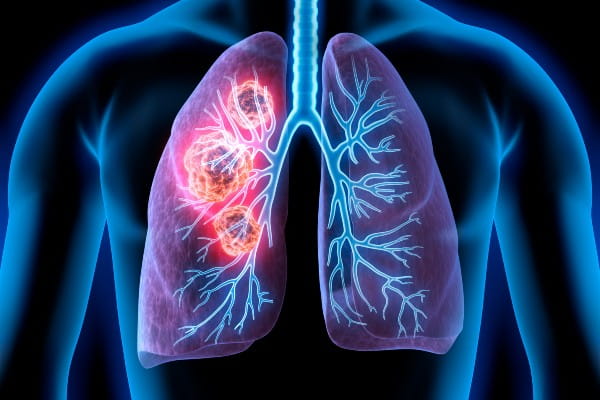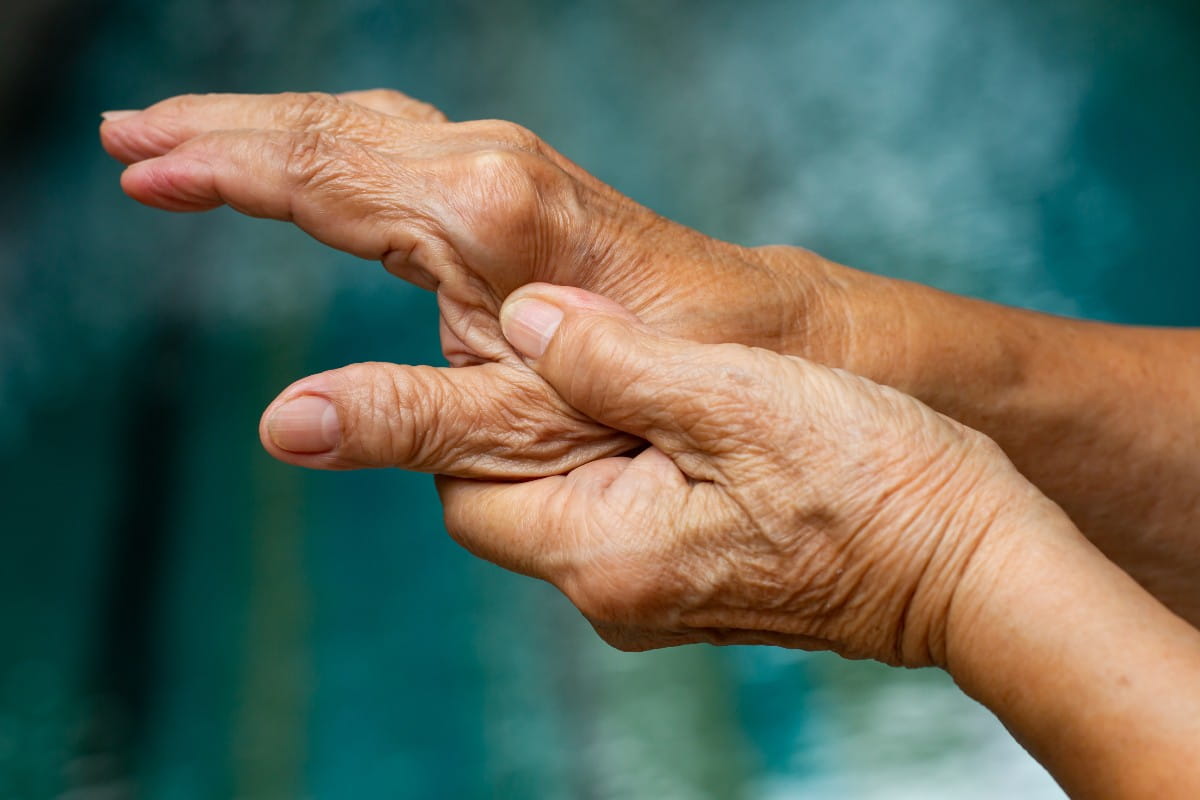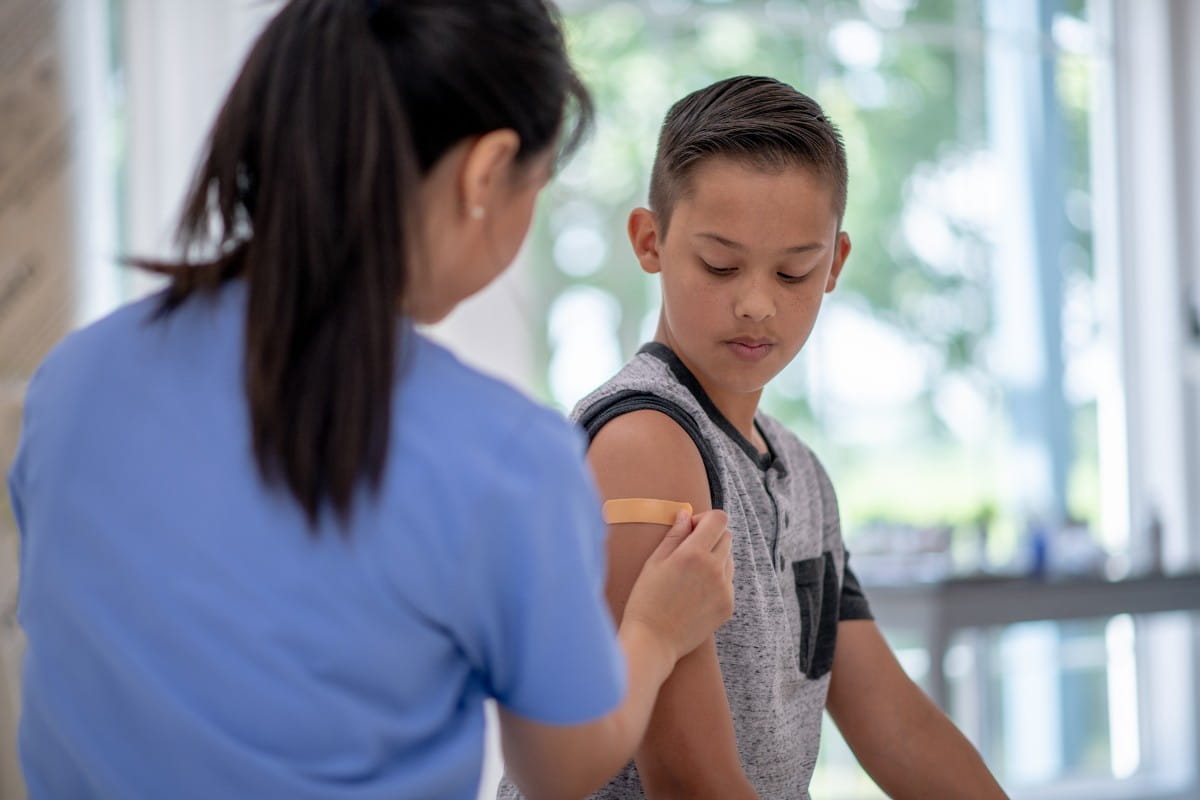Lung cancer isn’t typically caught until symptoms appear. When that happens, the disease is often too advanced for effective treatment. A new low-risk cancer screening is changing that.
A low-dose computed tomography scan can be used to detect suspicious spots in the lungs before an individual shows any symptoms of lung cancer. This CT scan is helping doctors detect lung cancer sooner, which ultimately leads to better outcomes.
“This low-dose CT scan is changing the game when it comes to lung cancer detection,” explains Magi Khalil, M.D., a medical oncologist with Riverside Cancer Care Center. “A patient has a better chance of fighting cancer the earlier it’s detected. The CT scan is leveling the playing field.”
Dr. Khalil shares more details on what the low-dose CT scan is, how it works and who is a good candidate for the screening.
What is a low-dose CT scan?
A CT scan uses detailed X-rays to take many different pictures of inside your body. These images are put together to form a complete image of structures inside your body. This allows your provider to closely examine your lungs for any abnormalities, such as cancerous growths.
A low-dose CT scan uses less radiation than a standard CT.
How does a low-dose CT scan detect lung cancer?
A low-dose CT scan provides detailed images of your lungs. This helps your provider identify suspicious spots in your lungs that may be lung cancer. If your provider does believe you may have early-stage lung cancer, you will have additional testing.
Previously, the only test to identify lung cancer was an X-ray, which can only detect spots in the lungs that are at least 1-2 centimetres in diameter. A low-dose CT scan can identify spots as small as 6 millimetres.
Should I have a low-dose CT lung cancer screening?
An individual at high risk of developing lung cancer should talk to their doctor about scheduling a low-dose CT lung cancer screening. According to the American Cancer Society, you may be eligible for a screening if:
- You are between 50 and 80 years old
- You have smoked an average of one pack a day for 20 years AND
- You are currently smoking or quit less than 15 years ago
- OR you smoke and have other risk factors for lung cancer
How effective is the low-dose lung cancer screening?
Low-dose lung cancer screening is very effective at detecting lung cancer and saving lives. A 2011 National Lung Screening Study found that a low-dose CT scan cut the mortality rate for high-risk individuals by 20 percent as compared to the rate for those who were screened with a standard X-ray.
Riverside Health has offered the low-dose CT lung cancer screening since 2018. We are proud to share that we’ve recently been named a Center of Excellence for Lung Screening, which shows our commitment to the community to deliver high-quality, accurate health care services.
Learn more about lung cancer screening and schedule an appointment with your primary care provider to find out if it’s right for you.



